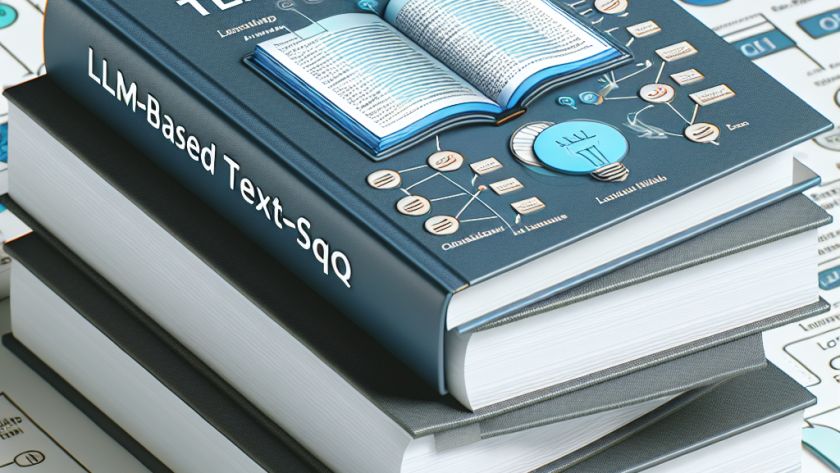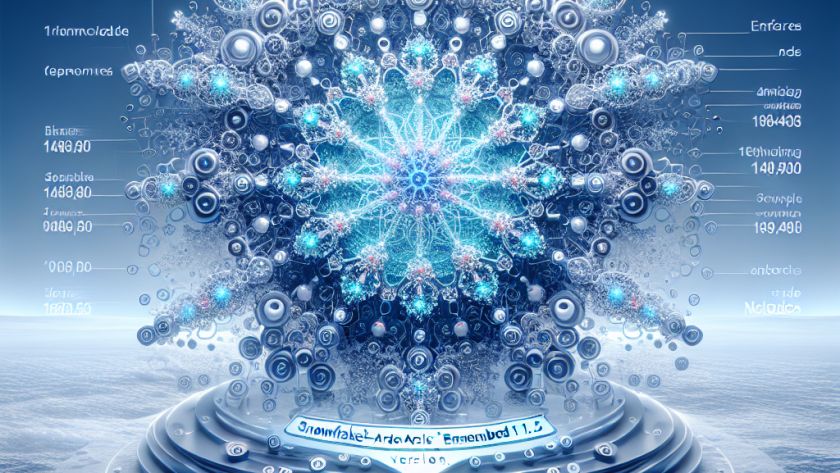The task of translating natural language queries (text-to-SQL) into SQL has been historically challenging due to the complexity of understanding user questions, database schemas, and SQL production. Recent innovations have seen the integration of Pre-trained Language Models (PLMs) into text-to-SQL systems, which have displayed much promise. However, they can generate incorrect SQL due to growing…











